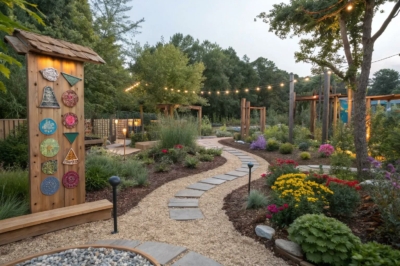1. Interactive Stepping Stones
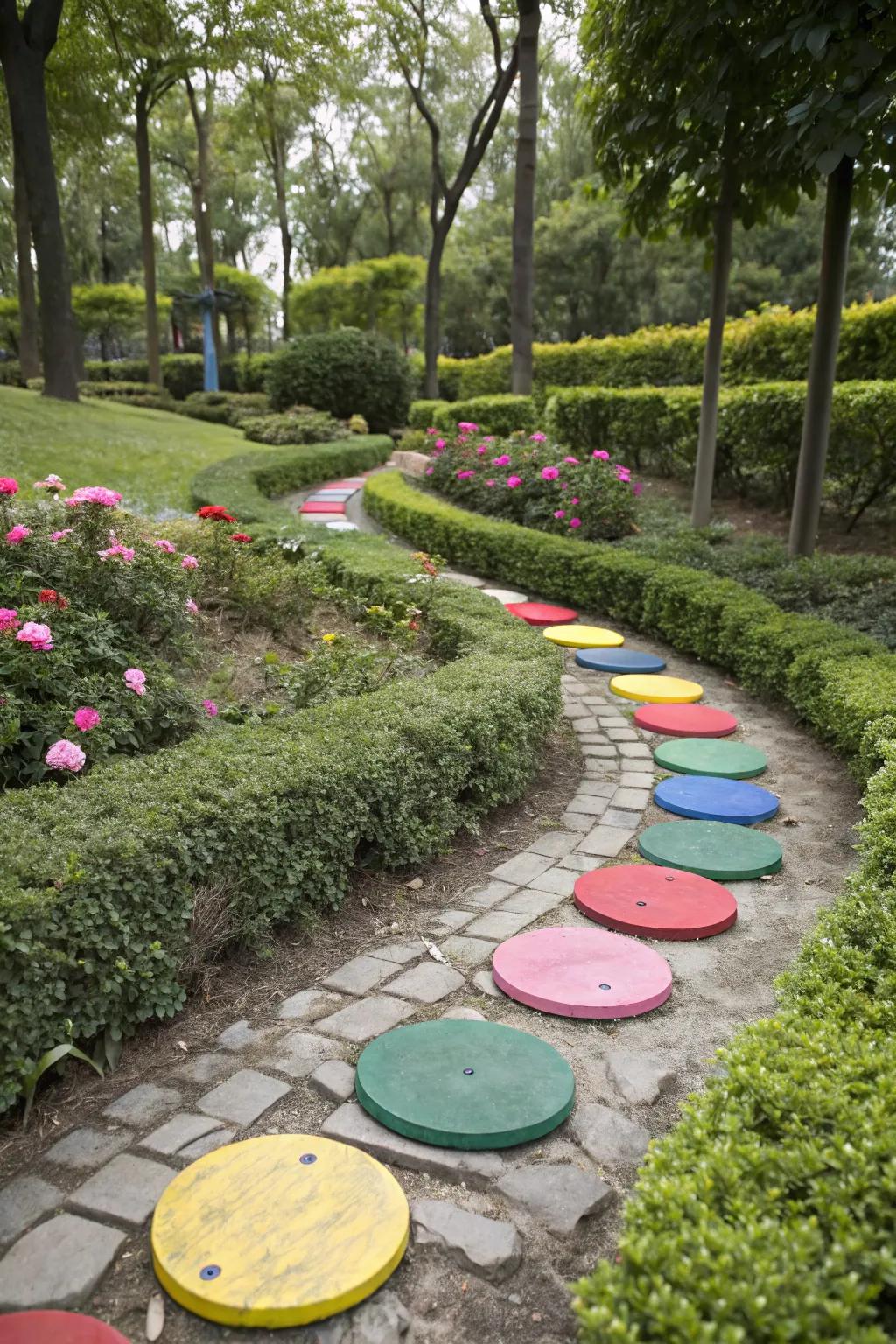
Place stepping stones that invite you to hop, skip, or jump along the garden path. I once added a series of these stones, and it turned a simple stroll into an exciting journey.
Useful items to consider:
- Colorful Rubber Stepping Stones: Transform your garden path with vibrant stepping stones, inviting playful exploration and movement.
- Non-Slip Garden Path Stones: Ensure a safe and engaging garden walk with non-slip stepping stones that inspire active play.
- Glow-in-the-Dark Path Tiles: Add enchantment to your sensory garden with glow-in-the-dark stones for an illuminated adventure.
2. Seating with Sensory Appeal

Integrate seating like smooth stones or swinging benches for added sensory input. My garden’s swinging chair is a favorite spot for relaxation.
Possibly handy products:
- Outdoor Swing Chair with Cushion: Enjoy gentle swinging and soothing relaxation in your sensory garden with this cozy swing chair.
- Decorative Garden Pebble Seat: Enhance your garden’s sensory experience with smooth pebble seats, perfect for seating and decoration.
- Wooden Garden Bench with Backrest: Relax comfortably with natural back support on this stylish bench, ideal for sensory gardens.
3. Tactile Walls for Touch
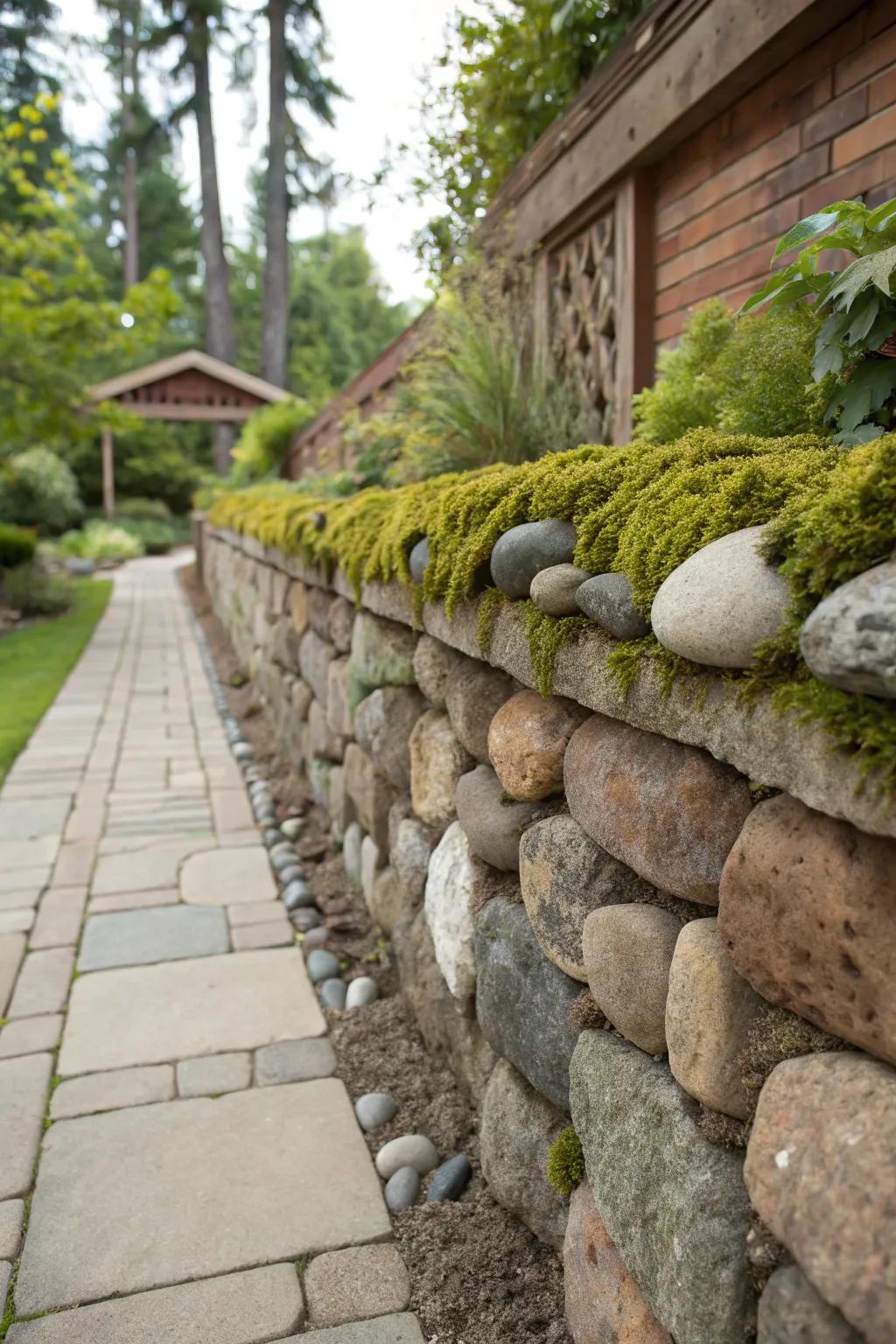
Create a tactile wall with different textures for a hands-on experience. I enjoy feeling the different surfaces every time I walk by.
Check if these fit your needs:
- Textured Stone Wall Panels: Install textured stone panels for a natural feel, enhancing your tactile experience outdoors.
- Outdoor Artificial Moss Panels: Add synthetic moss panels to bring softness and a unique texture to your tactile wall.
- River Rock Wall Tiles: Enhance your sensory wall with river rock tiles for a varied and engaging surface.
4. Cozy Enclosed Spaces
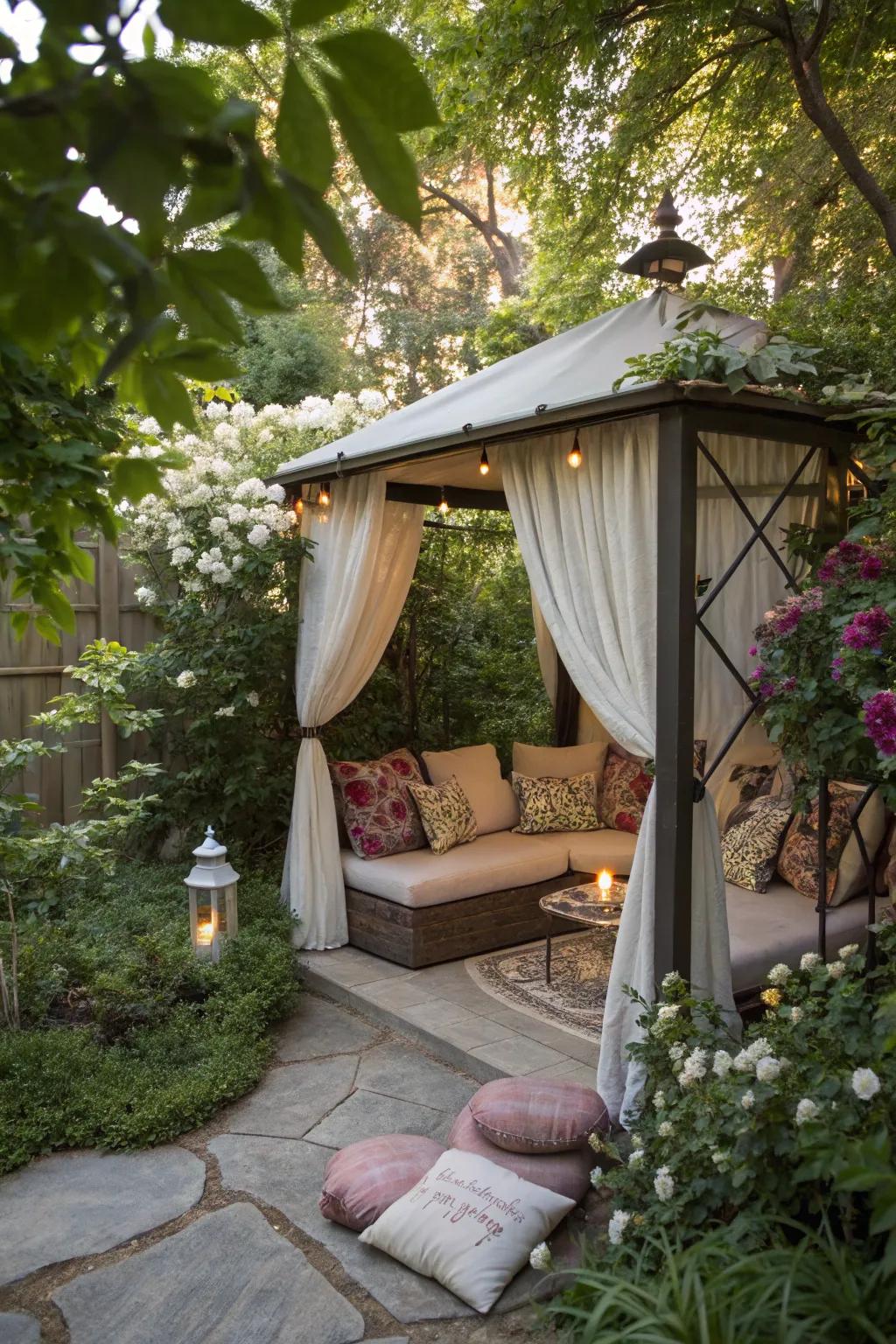
Design a cozy nook with soft cushions and shady cover for a personal retreat. My garden wouldn’t be complete without a quiet spot to unwind.
A few things you might like:
- Outdoor Gazebo with Curtains: Create a peaceful retreat with an elegant gazebo offering shade and seclusion for relaxation.
- Plush Outdoor Cushion Set: Enhance comfort with soft, durable cushions perfect for lounging in your garden hideaway.
- Decorative Outdoor Lanterns: Add a warm glow to your nook with stylish lanterns for a calming ambiance.
5. Educational Elements for Awareness
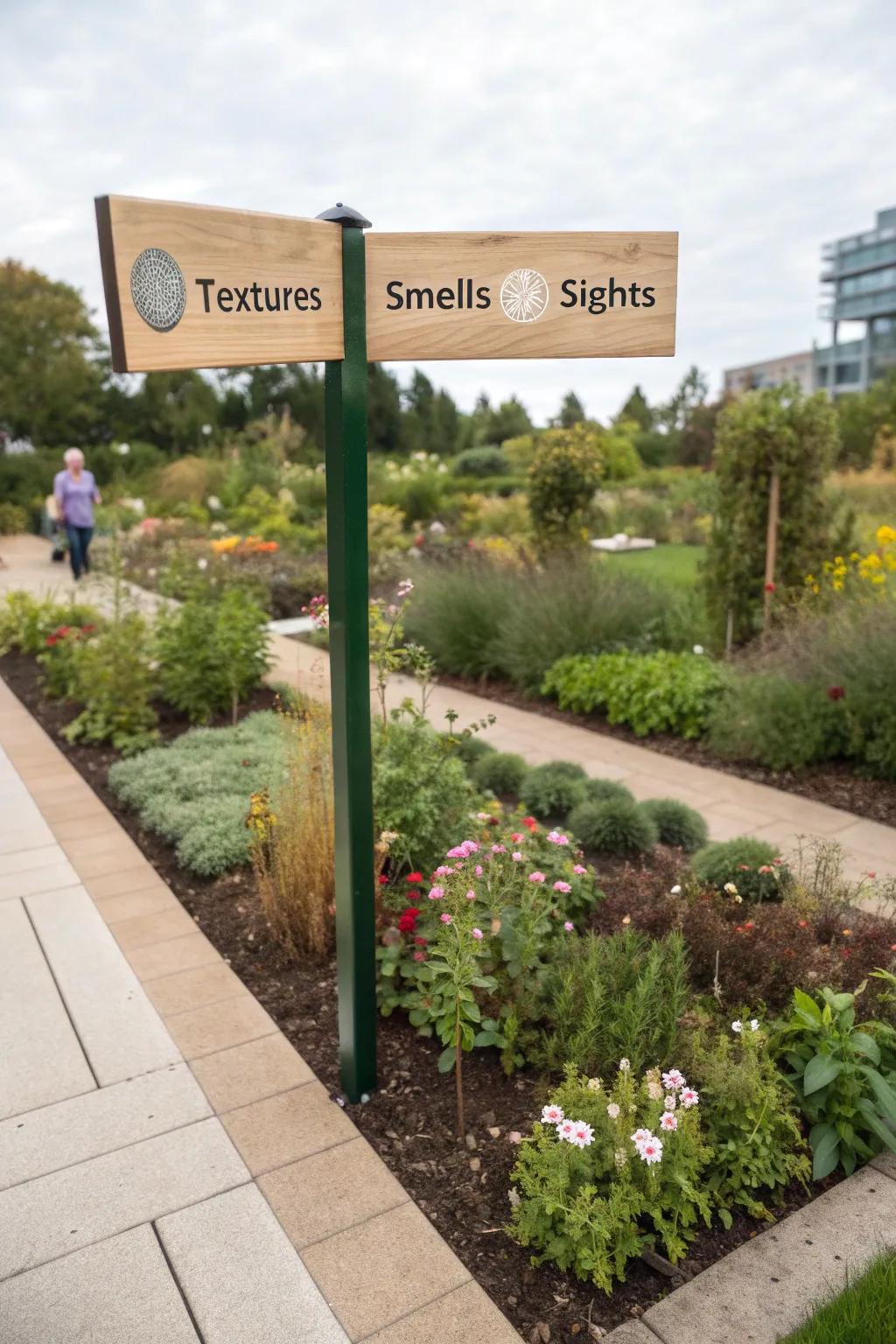
Incorporate informational signs to educate about your sensory garden. In my garden, these signs add a layer of learning and appreciation.
Items that may come in handy:
- Weatherproof Informational Signs: Enhance your garden with durable signs sharing insights about various plants and sensory features.
- Interactive Sensory Garden Signs: Create a dynamic learning space with signs that invite touch and exploration in your garden.
- Educational Plant Markers: Identify plants while providing educational content, fostering a deeper connection with the natural world.
6. Shade Structures for Comfort
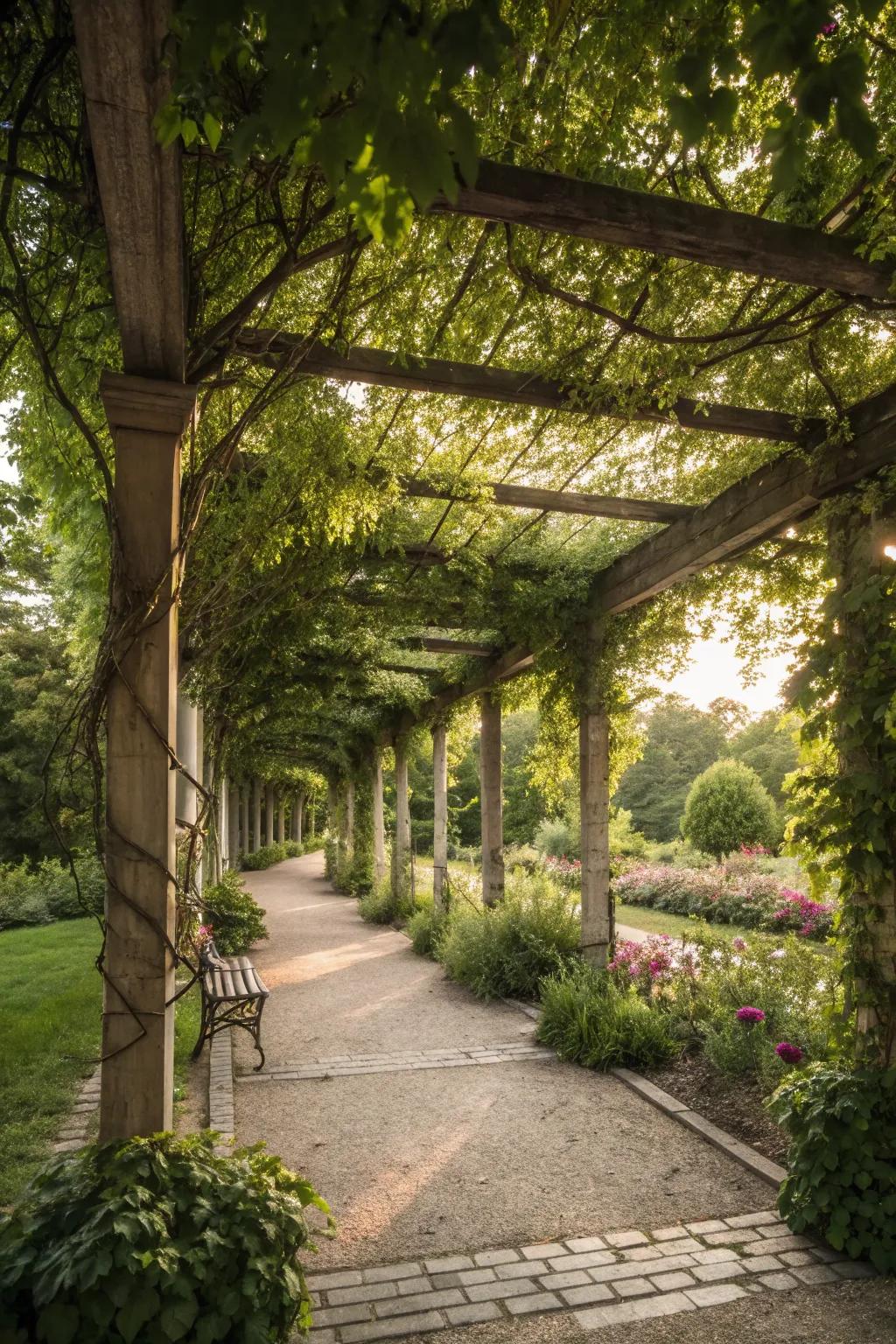
Install shade structures to offer respite from the sun. I love relaxing under a pergola with vines, enjoying the cool shade.
A few relevant products:
- Garden Pergola: Enhance your garden with a beautiful pergola, offering cool relief and style.
- Climbing Vine Plants: Add lush greenery with climbing vines to your pergola, creating natural and soothing shade.
- Pergola Shade Cover: Upgrade your pergola with a durable shade cover for enhanced sun protection and comfort.
7. Sensory Plants for Smell and Touch
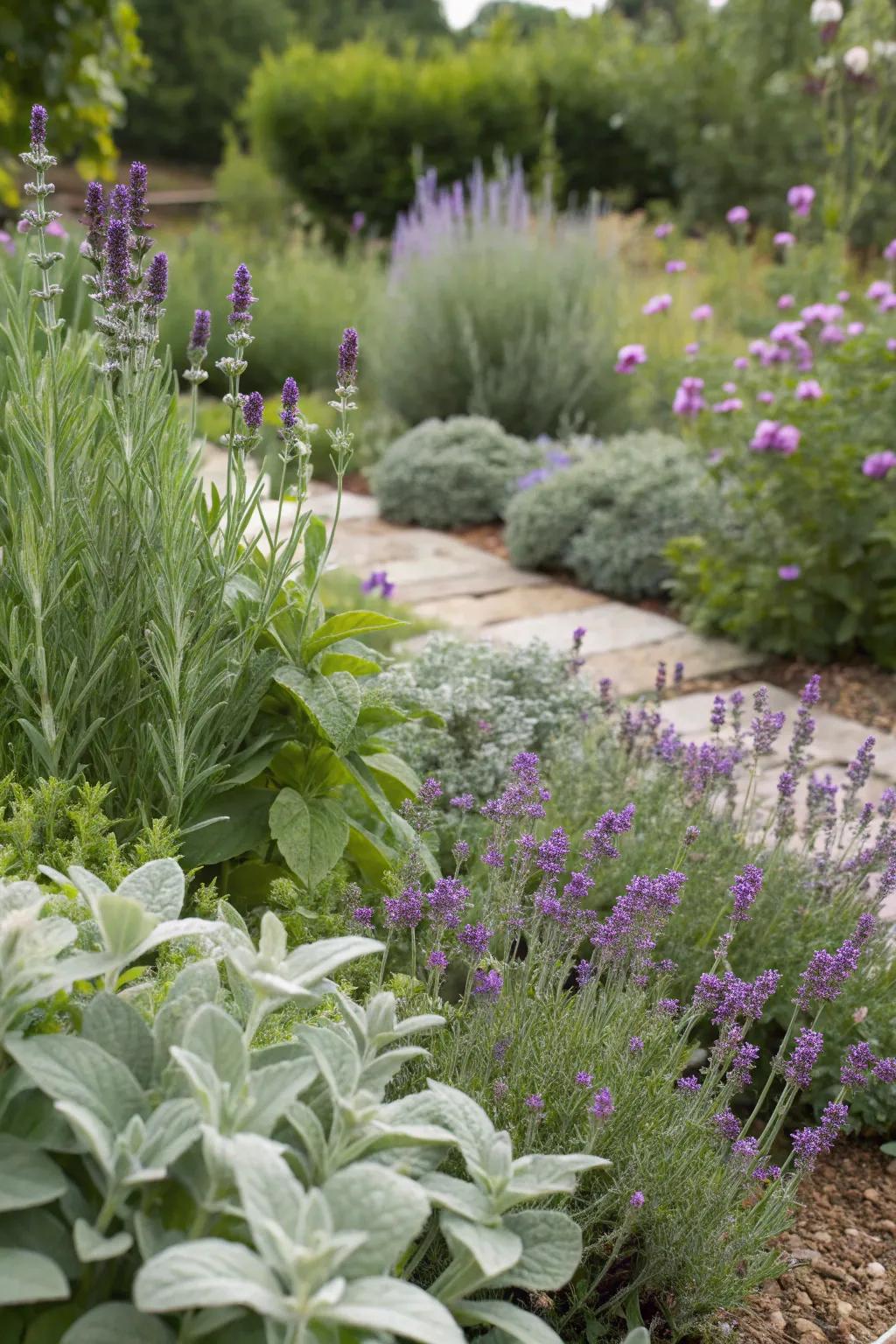
Fill your garden with fragrant herbs and soft plants like lavender and lamb’s ear. These plants are a staple in my garden for their delightful smell and touch.
A few suggestions:
- Lavender Seeds: Plant lavender seeds for a wonderfully fragrant and calming garden touch experience.
- Lamb’s Ear Plants: Add lamb’s ear plants for their soft texture, ideal for a soothing sensory garden.
- Herb Garden Kit: Cultivate fragrant herbs easily with a complete garden kit, perfect for sensory exploration.
8. Textured Pathways for Exploration
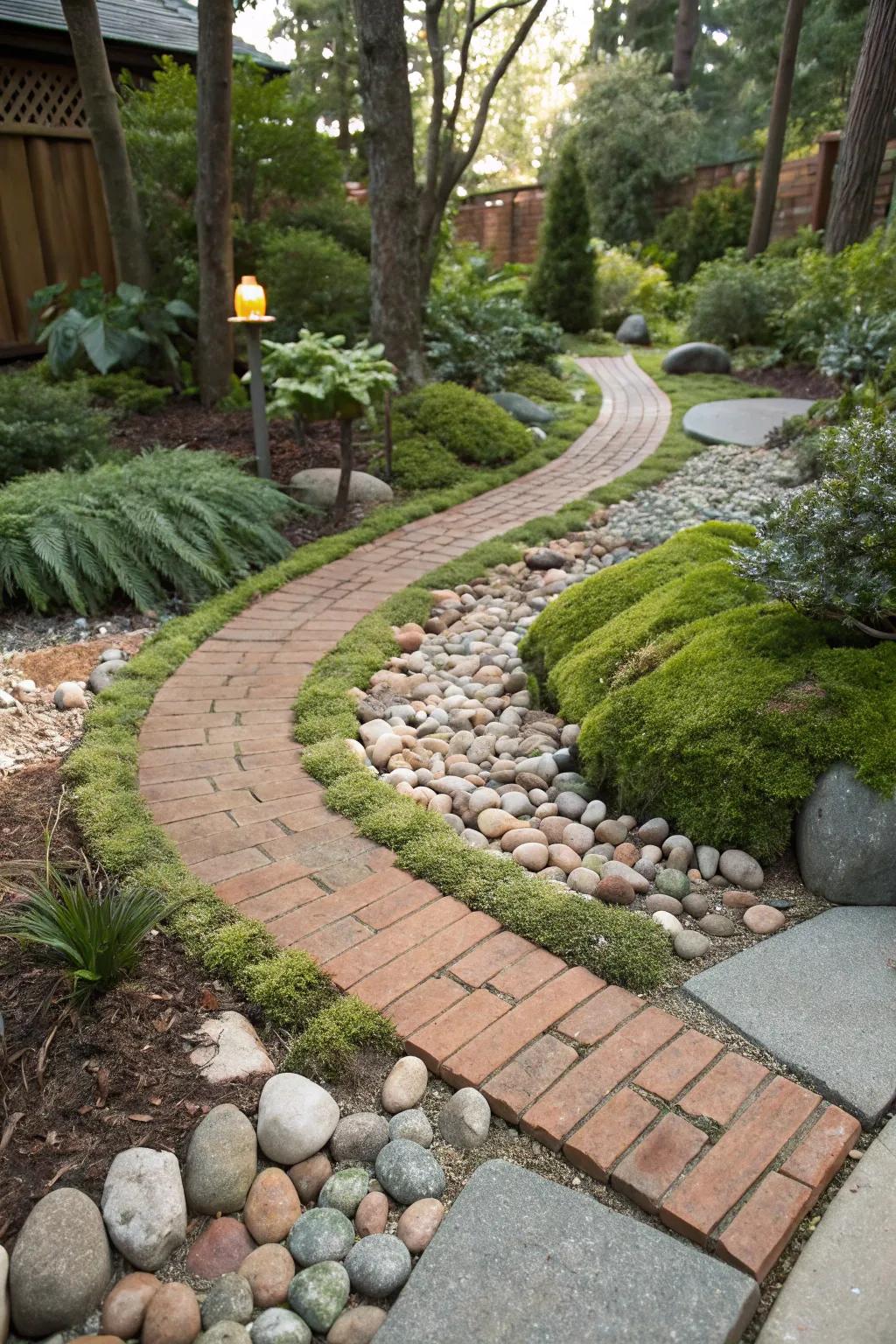
Imagine stepping onto a pebble-lined path that transitions into soft moss underfoot. These textured pathways provide a tactile adventure, something I love incorporating into my own garden.
Some handy options:
- Garden Pebble Stones: Create tactile paths with smooth pebbles, enhancing sensory exploration and garden aesthetics.
- Artificial Moss Carpet: Introduce soft, lush textures with moss carpets, inviting touch and tranquil garden exploration.
- Brick Pavers for Garden Paths: Add durable and tactile pathways using brick pavers, perfect for charming garden exploration.
9. Natural Materials for Authenticity
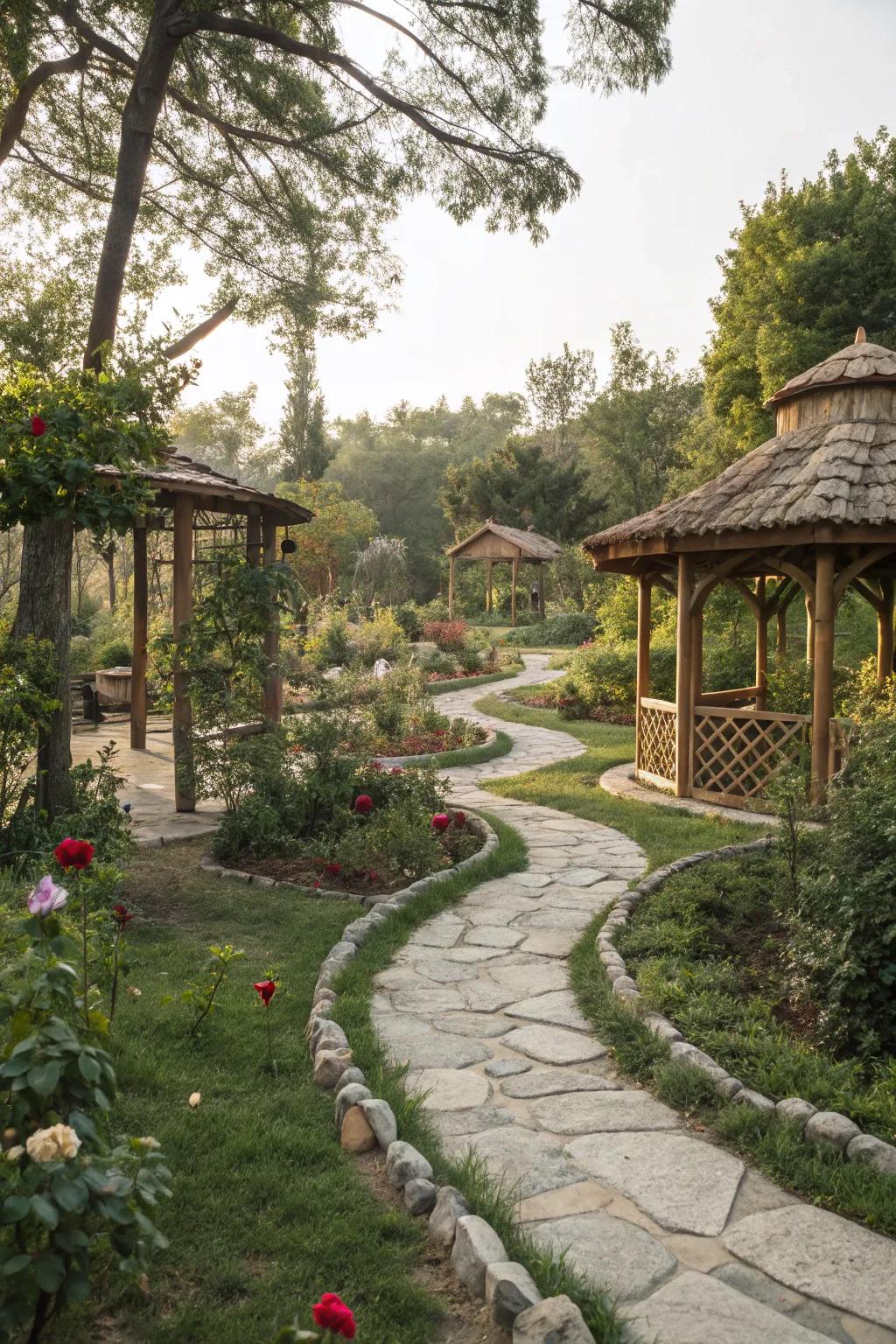
Use natural materials like wood and stone throughout the garden. I find they enhance the garden’s natural beauty and sensory experience.
Try these:
- Wooden Garden Arch: Enhance garden beauty with a wooden arch, fostering a welcoming and calming space. Explore now!
- Stone Garden Pathway Kit: Create a rustic charm with stone pathways, adding texture and interest to your garden walkways.
- Wooden Gazebo: Add a relaxing spot with a wooden gazebo, perfect for enjoying nature and peaceful moments.
10. Zones for Focused Sensory Experiences
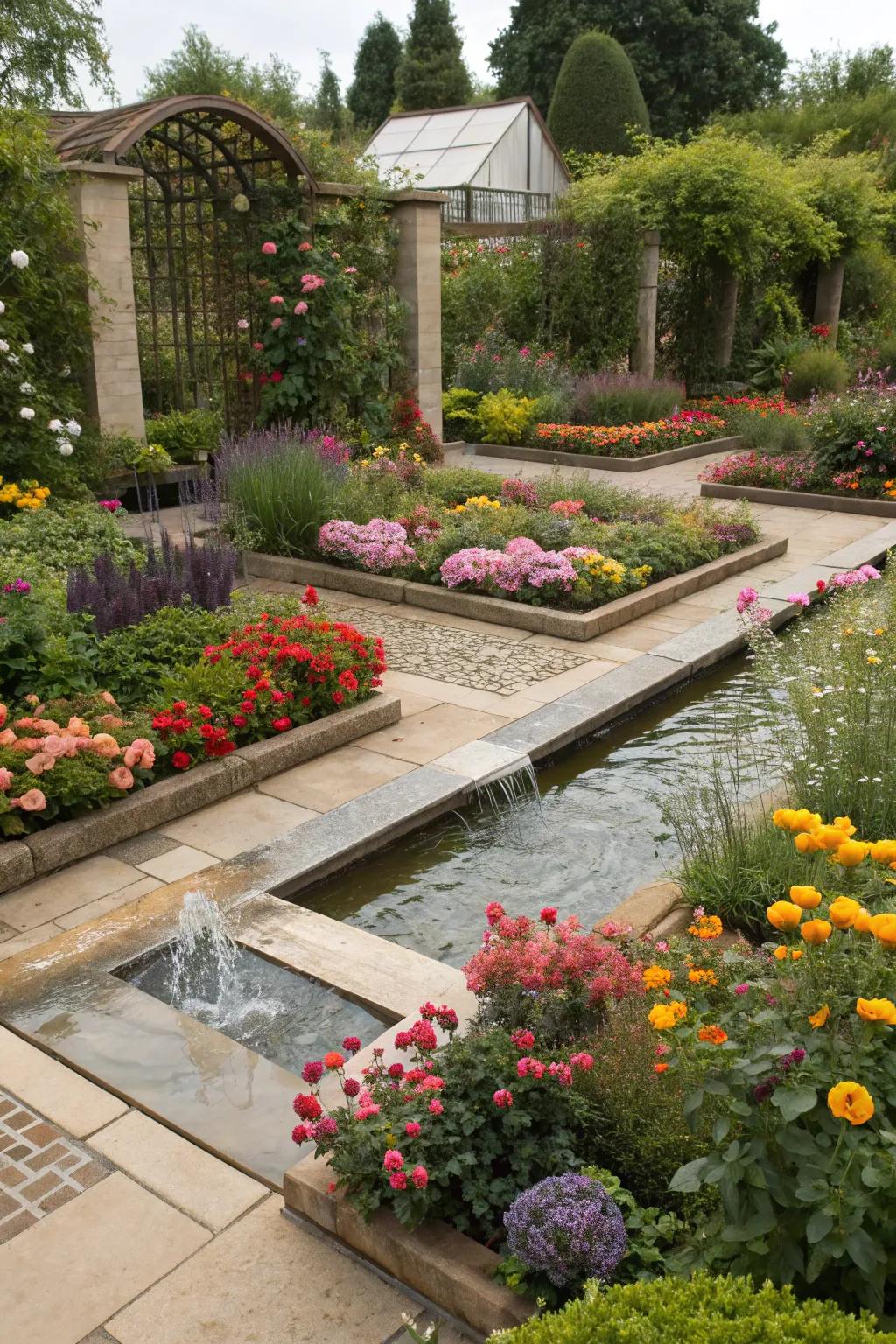
Divide your garden into sensory zones for focused exploration. In my garden, each zone offers a unique sensory experience, inviting discovery.
Might be a good match:
- Water Fountain: Add calming water sounds to your garden for a soothing auditory experience. Explore tranquility today.
- Aromatic Herb Kit: Grow herbs with delightful scents to enhance your sensory garden. Start smelling the difference now.
- Textured Garden Path Tiles: Create tactile pathways for unique sensory exploration in your garden. Feel the difference underfoot.
11. Low-Maintenance Edible Garden
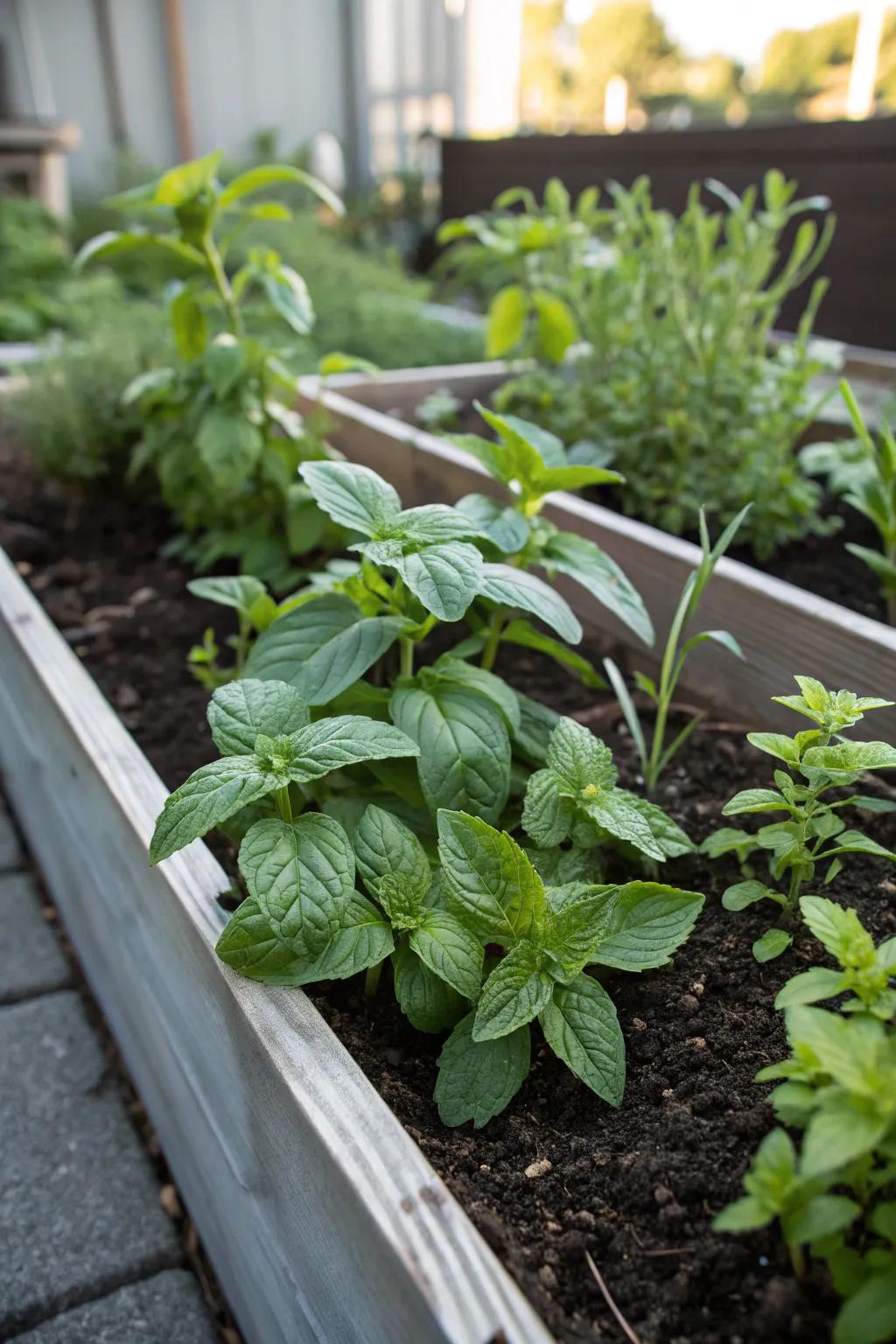
Grow an edible garden with easy-to-care-for plants like mint and basil. Harvesting fresh ingredients in my garden is both therapeutic and rewarding.
Some ideas to consider:
- Raised Garden Bed Kit: Elevate your gardening experience with easy-to-install raised beds, perfect for herbs like mint.
- Organic Herb Seed Pack: Start your edible garden effortlessly with a diverse set of organic mint and basil seeds.
- Automatic Drip Irrigation Kit: Ensure hassle-free watering with an automatic drip kit ideal for maintaining your herb garden.
12. Water Features for Serenity
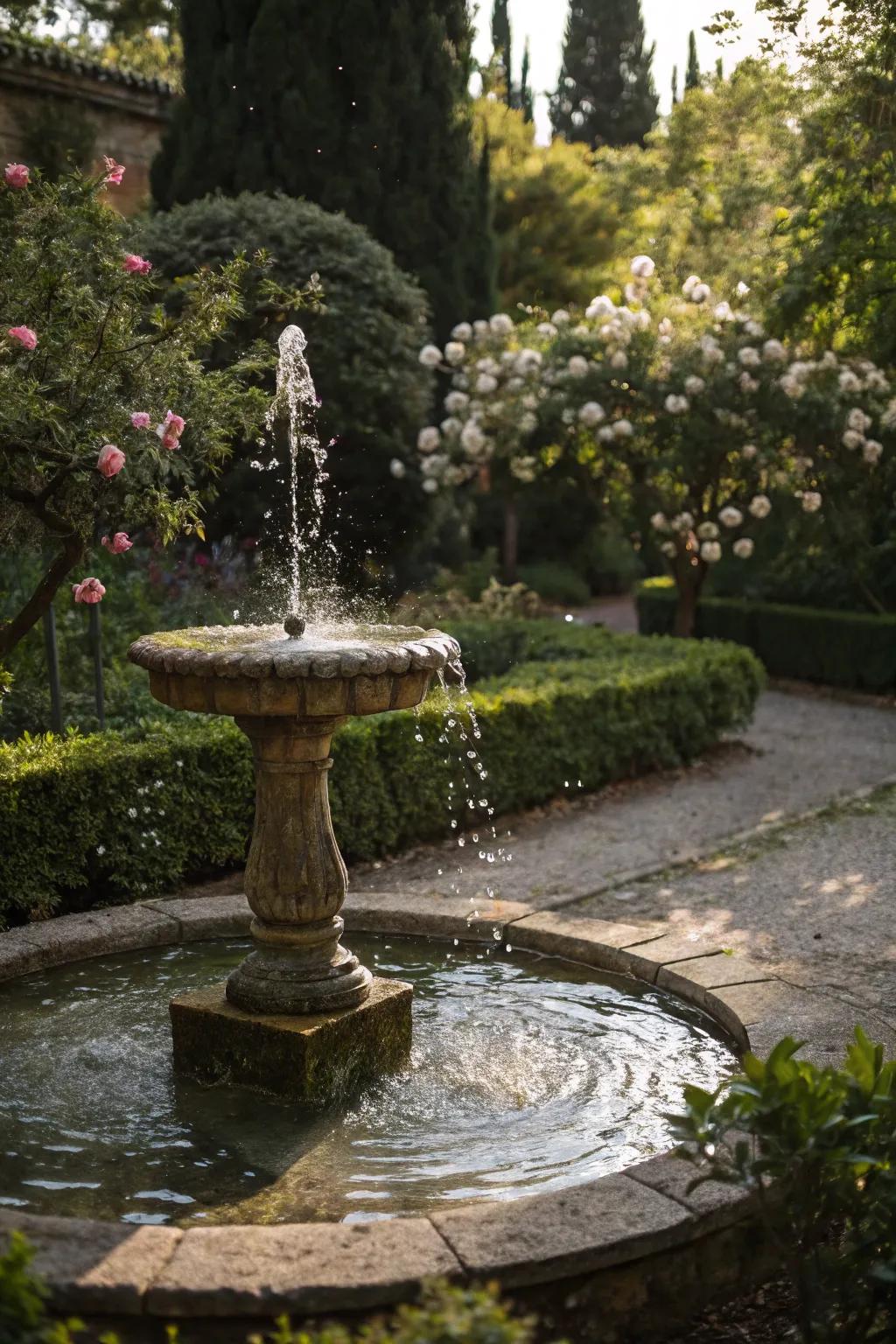
Incorporate a gentle water feature like a small fountain for a calming sound. The trickling water in my garden always brings a sense of peace.
You might give these a try:
- Outdoor Garden Fountain: Transform your garden with a soothing outdoor fountain, perfect for creating a peaceful retreat.
- Small Indoor Water Fountain: Introduce tranquility into your home with a compact indoor fountain, enhancing any sensory space.
- Solar-Powered Water Fountain: Enjoy an eco-friendly garden feature with a solar fountain, offering serenity and sustainability.
13. Colorful Visual Stimulation

Bright garden sculptures and vibrant flower beds can captivate and engage. I love adding unexpected bursts of color to keep things lively and engaging.
Check these products out:
- Colorful Garden Sculptures: Transform your garden with vibrant sculptures that captivate and inspire visual curiosity.
- Vibrant Flower Seed Mix: Create a stunning visual display with a mix of vibrant flower seeds for your garden.
- Outdoor Painted Statues: Enhance your garden’s charm with beautifully painted outdoor statues that add colorful flair.
